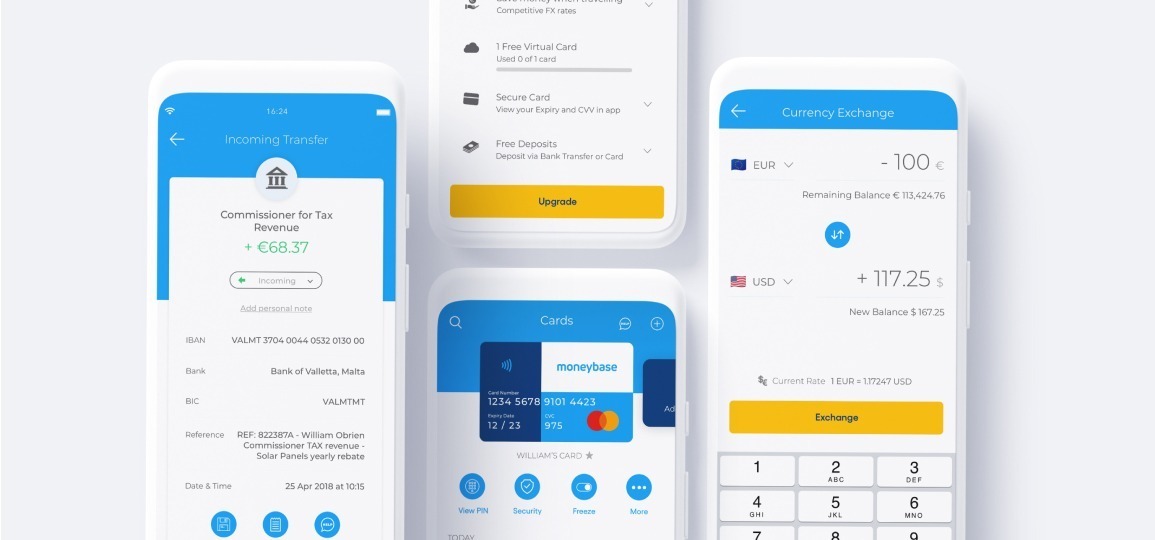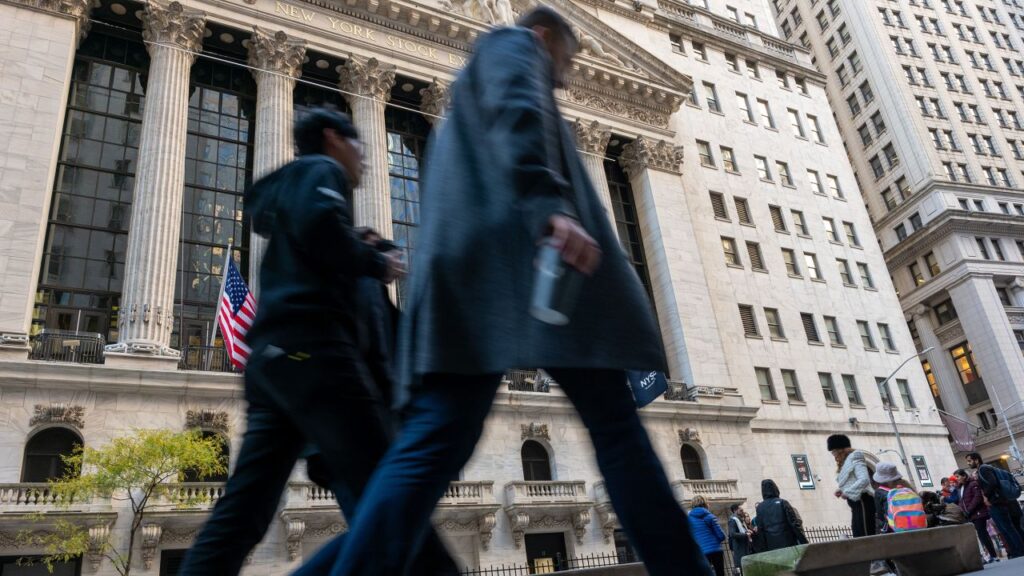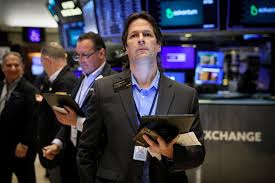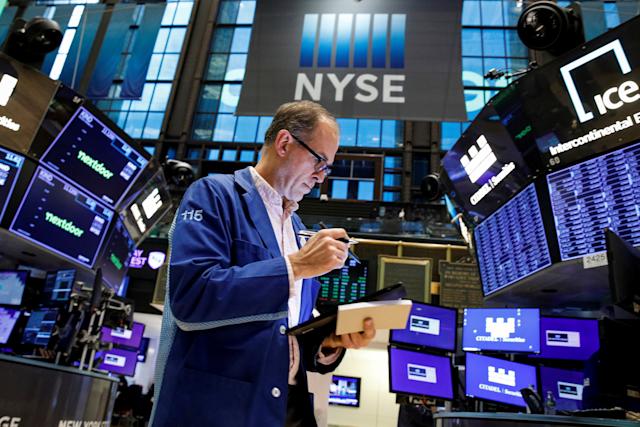Home to handmade pottery, fancy doilies, lacy vintage wedding dresses, handcrafted tote bags and an array of other creative goods and unique merchandise including jewellery, clothing, home decor and furniture, toys, art, as well as craft supplies and tools, e-commerce shop Etsy connects millions of buyers and sellers across the globe. The quirky nature of many of the items on sale is part of its appeal, making Etsy the go-to website for shoppers looking to find one-of-a-kind products.
Opening its virtual doors as a storefront for hipsters’ arts and crafts, the company has defied the odds as a major player in tech’s e-commerce space. At the same time, the COVID-19 pandemic has led to a surge in online shopping, pushing up its gross merchandise sales (GMS) and revenue to new highs. With massive e-commerce tailwinds, millions of new customers and a commitment to its sellers and platform innovation, there's no stopping it.

A brief history of Etsy
In 2005, in a Brooklyn apartment, friends Rob Kalin, Chris Maguire and Haim Schoppik embarked on a mission to create a company that would give artisans across the globe an online platform to sell their goods. Kalin himself was an amateur furniture maker who found it difficult to market his products so he believed that a group of sellers would generate more of a buzz from potential buyers than lone individuals trying to sell their handmade products on their own. And so, Etsy was born as a peer-to-peer (P2P) e-commerce platform, where users buy and sell handmade products be it crafts, art, photography or vintage items that are at least 20 years old. Although it works similarly to Amazon (AMZN) and eBay (EBAY), Etsy centres on unique items and not mass-produced merchandise. Sellers range from hobbyists to professionals, with many using the site to make a living.
The company soon built a reputation for adding new tools and functionality to its website such as Adobe Flash-based visualisations and a taxonomy of categories with tags, boosting traffic further. By 2007, Etsy boasted nearly 450,000 registered sellers, passing $1.7 million in sales by May of the same year, while the company took in over $3 million in venture funding. A few months later in November 2007, buyers spent $4.3 million purchasing 300,000 items for sale, a 43% increase from the previous month.
Marking a major shift in its operations, in 2013 Etsy allowed merchants to sell manufactured goods in addition to handmade items, as long as these were unique and of good quality. The decision was met with outrage by some devotees, however, the earning potential Etsy offered made it difficult for them to take their products elsewhere. The move paid off, making it more profitable and as a result, sales from 2008 to 2014 increased steadily year after year. A year later, the e-commerce platform launched a new programme, Etsy Manufacturing, connecting sellers with pre-approved manufacturers, helping them to source production assistance.
International expansion also came quickly, with sellers from more than 150 different countries being registered members, while the business began to support several forms of currency. By December of 2018, Etsy had over 60 million items in its marketplace and was connecting 2.1 million sellers with 39.4 million buyers. In 2019, the UK’s first Esty store opened its doors in Didcot, Oxfordshire, featuring 50 local markets and small businesses, as well as an eco-refill station, selling packaging-free groceries, such as dried foods, toiletries and cleaning products.
Albeit simple, Etsy’s business model for capturing revenue has worked well. Creating a shop is free, however, each listing posted in the shop costs $0.20, while each listing can remain on the shop’s page for a maximum of four months or until the product is bought. And whereas prices are set by the shop owner, the company claims 5% of each listing’s final sale price. In addition, it offers what it calls seller services at an extra cost, such as the purchase of shipping labels through the Etsy platform, the promotion of listings and payment processing fees, amongst others.
Relying on technology and website management, Etsy has acquired a number of companies, adding important divisions to the operation which have helped boost its growth, expansion and existing services. The company bought Adtuitive, an advertising start-up based in New York, followed by Etsy Lovers in 2011, securing in-house mobile expertise for traffic management and commerce. Other notable acquisitions include Trunkt, Lascaux Co. and Little Market.
Fun fact:
You may be well acquainted with Etsy and its artisan and bespoke products available for sale, but have you ever given some thought as to how it got its name? According to Kalin, whilst watching Federico Fellini’s 8 ½ movie, he liked the ring to the Italian word eh si. The word which means ‘oh yes’ sounded very much like etsi to the co-founder. In Latin and in French, it means ‘what if’, whereas in Greek it signifies ‘just because’. Kalin believed that the word was a perfect fit for their desire to build a brand from scratch.

When did Esty go public?
Esty debuted on the Nasdaq on April 2015, selling 13.3 million shares on its first trading day, while stockholders including venture capital firms like Accel and Acton Capital Partners sold the rest. With an IPO price at $16 per share, the company raised $267 million with a valuation of $1.8 billion. The share price nearly doubled, closing at $30 on its first day of trading, yet less than a month later, it dropped down to $20.32, entering a period of steady decline that continued into early 2016. After closing at a $6.36 record low on February 98, 2016, the Etsy stock has slowly yet steadily worked its way back up. By the end of 2019, the company had risen more than 176% in value from its IPO date. Etsy’s market cap stood at $25.1 billion as at end of January 2021.
How much would an investment in Etsy’s IPO would be worth today?
A $5,000 investment in Etsy when shares bottomed out in early 2016 would be worth as little as $2,013. Yet, the same investment made when the price dipped during the first quarter of 2016 would be worth just over $63,000 at end of January 2021. That’s an astonishing return of 3030.35%.
Is Etsy stock a buy?
When in April 2020 consumers were scrambling to find face masks to combat the COVID-19 pandemic, the e-commerce marketplace saw this as a moment of opportunity and issued a call to all its sellers to start crafting masks to meet the demand. Attracting millions of new buyers, Etsy sold over $346 million worth of face masks, about 12 million of them during the month of April alone, while the move thrust the brand front-and-centre for consumers who were avoiding typical brick-and-mortar stores. The surge in sales continued beyond masks, with Etsy reporting a 93% increase in sales in its second-quarter earnings.
Generating revenue from three primary streams, these consist of marketplace revenues including fees for sales transactions and listings, seller service revenues and other revenues including third-party payment processor fees. For its third quarter of 2020, Etsy reported a 128% increase in revenues, up $451 million from $197.9 million in the same quarter in 2019. During Q3 of 2020, the company beat on its top line by approximatey 5%. What’s more, GMS jumped 119% to $2.6 billion.
The Etsy stock hit a seven-month high at $63.24 per share on March 4, 2020, only to plunge 52% to a low of $31.69 on March 20, 2020, as markets globally experienced a similar downside reaction. But the stock has managed to recover since then, boosted also by several noteworthy changes to its advertising platform, which have helped it to make meaningful strides in both search and discovery. Since the lows hit during March 2020, shares have more than quintupled, going up approximately 528%.
What’s next for Etsy?
The boom in business cause by the pandemic has pushed the number of active buyers on its platform to 69.6 million, up 55.4% year-over-year and its steady, consistent performance that has continued unabated could serve as an indication that the future is bright for Etsy. Aside from the face masks, the platform’s unique items like homewares, craft supplies and beauty and personal care categories have all experienced triple-digit year-over-year sales gains. This coupled with the increasing number of active buyers and GMS numbers, means that more buyers are spending more.
And there is still more room to grow. Back in 2019, Etsy estimated that the total addressable market for both retail and online commerce was $1.7 trillion across its top six locations, namely the US, Canada, Australia, the UK, France and Germany. But with the switch to online shopping picking up steam due to the pandemic, this addressable market is expected to be even larger.
Increasingly, Etsy has been focusing on building its four core elements - a strong and trusted brand, personal search and discovery, human connection and a marketplace brimming with a variety of handcrafted, bespoke and vintage items. With the company working hard to maintain these drivers relevant, be it through the launch of listing videos that help sellers to better market their items or through the introduction of limited-edition influencer collections by the likes of Jojo Fletcher, these are set to give it a competitive edge.
Invest in Etsy (ETSY) with Moneybase Invest
Ready to buy a share in Etsy (ETSY)? Download Moneybase Invest, the award-wining live trading platform powered by Calamatta Cuschieri from the Android or Apple App Store or visit https://live.cctrader.com from any browser to sign up.
Moneybase Invest is brought to you by Calamatta Cuschieri Investment Services Ltd and is licensed to conduct investment services business by the MFSA under the Investment Services Act.
Moneybase Invest offers direct market access and speed of execution and is intended for knowledgeable and experienced individuals taking their own investment decisions. The value of investments may go up and down and currency fluctuations may also affect investment performance.
The contents of this article are not intended to be taken as a personal recommendation to invest but strictly based on research and for information purposes only. Retail investors should contact their financial adviser for a suitability assessment prior to taking any investment decisions.






